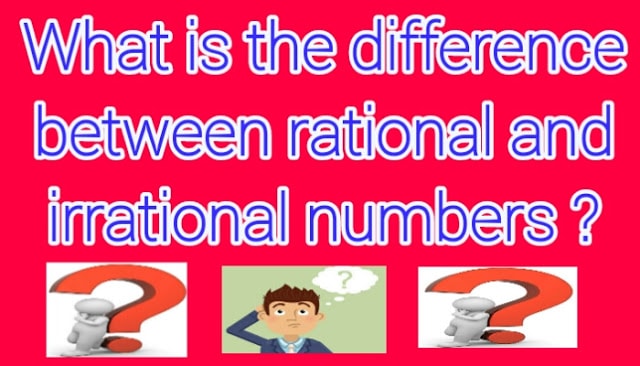

A decimal expansion when a fraction is converted into a decimal number. Rational numbers can also be divided into two types: those that have a terminating decimal expansion and those that have a repeating decimal expansion.

It is not a whole number, natural number, or integer, but it can be expressed as 1/2, which a fraction of two other integers: 1 is the numerator and 2 is the denominator. Definition of a Rational NumberĪ rational number can be expressed as a fraction.Īs we get older, we learn that not everything is countable on our fingers. However, unlike whole numbers, they include negative numbers: -4, -3, 0, 14 are all examples of integers. Like whole numbers, integers don't have fractions. Whole numbers are also numbers without fractions, but whole numbers include 0 while natural numbers do not. When you first learn to count, say, the number of fingers that you have, you use natural, or whole numbers: 1, 2, 3, 4, 5… and so on. Counting With Whole Numbers and Natural Numbersīefore we give the irrational number definition, let's cover integers and whole and natural numbers. Math is one subject where it pays to be precise.

What are irrational numbers? If you find yourself unsure of the difference between real numbers, rational numbers, natural numbers, complex numbers, and even imaginary numbers, you are not alone.


 0 kommentar(er)
0 kommentar(er)
